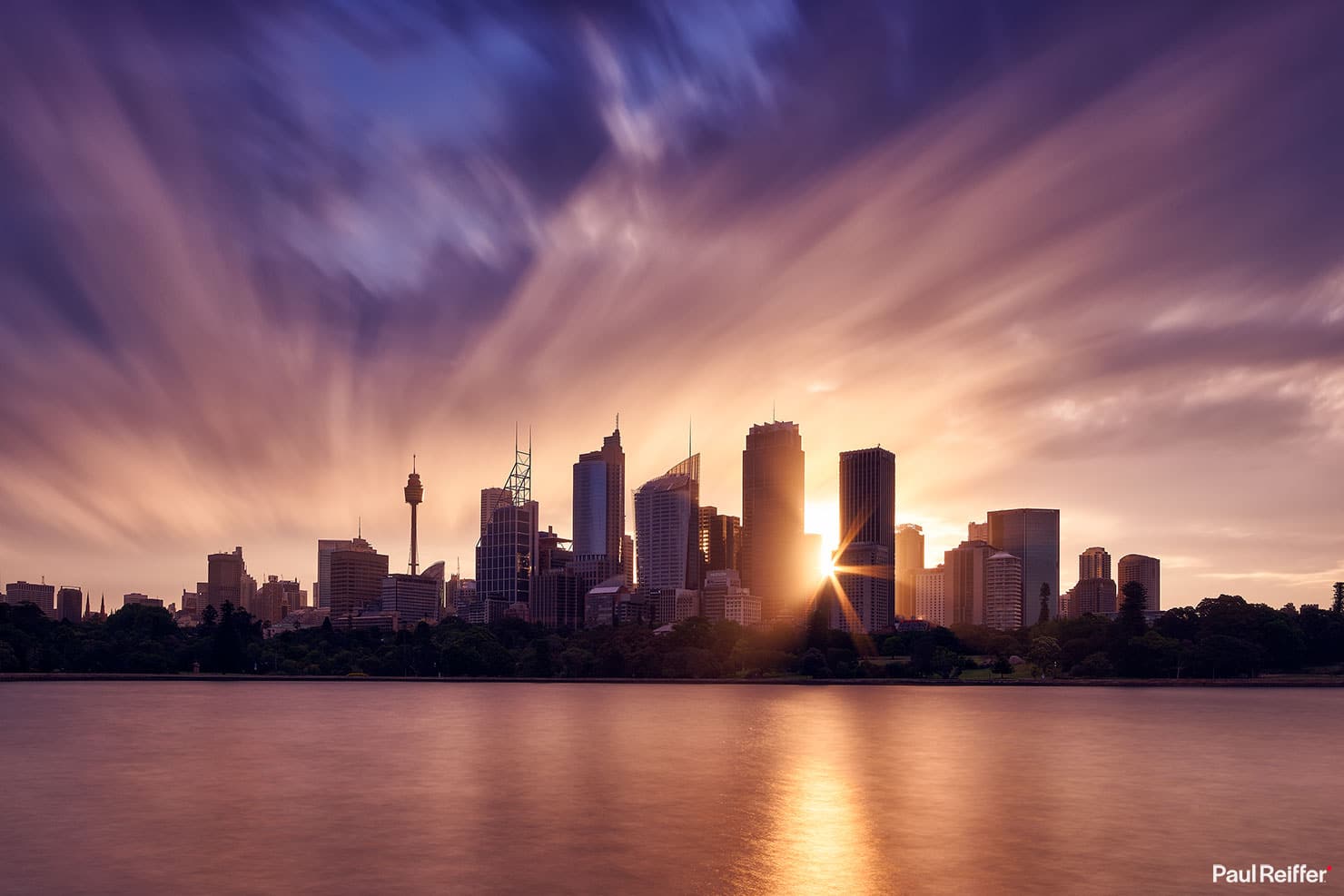City skylines in Australia are more than just towering buildings and shimmering lights—they are living portraits of history, innovation, nature, and culture. From the iconic curves of the Sydney Opera House to the futuristic heights of Melbourne’s soaring towers, these skylines tell a story that goes far beyond architecture. They capture the identity of each city, the aspirations of its people, and the rhythm of urban life in one of the most dynamic continents on Earth. As cities evolve and expand, their skylines reflect this transformation, integrating smart technology, sustainable materials, and creative design to shape tomorrow’s urban narratives.
Sydney, Melbourne, Brisbane, and Perth are among the Australian cities whose skylines have rapidly grown over the past two decades. According to the Council on Tall Buildings and Urban Habitat, Sydney alone boasts 46 skyscrapers exceeding 150 meters. The city’s skyline is famously anchored by the Sydney Opera House and the Sydney Harbour Bridge, both national icons. Meanwhile, Melbourne’s skyline has seen a 30% increase in high-rise structures over ten years, spearheaded by marvels like Australia 108, standing tall at 316.7 meters. These architectural feats illustrate how Australian cities are embracing vertical growth without losing their unique charm.
Natural landscapes play a critical role in shaping city skylines in Australia. Cities like Perth and Gold Coast merge urban silhouettes with beachfront serenity, making the skyline a fusion of man-made and natural beauty. On the Gold Coast, over 60 high-rise buildings dot the coastline, with Q1 Tower standing at 322.5 meters—one of the tallest residential buildings in the Southern Hemisphere. Even Darwin, known for its lower, cyclone-resistant architecture, paints a picture of adaptability and tropical resilience.
Australia’s urban landscapes continue to evolve through innovative trends. Smart lighting, as seen in Adelaide’s urban planning, not only enhances visual appeal but also promotes safety and energy efficiency. Brisbane’s skyline, highlighted during events like Riverfire, becomes a vibrant visual symphony reflected in the Brisbane River. These moments illustrate how skylines come alive after sunset, transforming from functional cityscapes into dazzling nocturnal attractions.
Events such as Vivid Sydney, attracting millions annually, reinforce the connection between skylines and tourism. According to Tourism Australia, 18% of international visitors list urban visuals and nightlife among their top reasons to travel. As Australia leads the way in green building, with landmarks like Council House 2, these skylines are also paving the way for sustainable urban futures.
Whether you’re marveling at the sleek spires of Melbourne, enjoying the coastal glow of the Gold Coast, or witnessing the fusion of light and culture in Sydney, city skylines in Australia stand as powerful symbols of ambition, resilience, and beauty—each with a unique story told in glass, steel, and sky.
Iconic Silhouettes: Australia’s Most Recognizable Skylines
Sydney’s Opera House and Harbour Bridge
Sydney’s skyline is arguably the most iconic in Australia, defined by the world-renowned Sydney Opera House and the steel-arched Sydney Harbour Bridge. As of 2023, the city’s skyline includes 46 skyscrapers taller than 150 meters. Sydney Tower Eye, at 309 meters, remains the tallest structure dominating the view.
Melbourne’s Modern Majesty
Melbourne’s skyline is characterized by sleek modern architecture. The city boasts over 72 buildings taller than 100 meters, with Australia 108 reaching 316.7 meters, making it the second tallest building in the country. Melbourne’s skyline has grown by 30% over the past decade, according to Emporis.
Brisbane’s Balanced Urban Silhouette
Brisbane combines riverfront aesthetics with vertical growth. With more than 70 high-rise buildings, including The One (264 meters), the city’s skyline reflects both urban expansion and climate-sensitive design, such as vertical gardens and shaded facades.
Perth’s Western Glow
The city skyline in Perth is distinguished by its isolation and its shimmering reflection off the Swan River. It hosts around 30 buildings above 100 meters, with the tallest being Central Park at 249 meters. City skylines in Australia like Perth’s uniquely blend isolation, openness, and vertical design.
City Identity through Skyline Design
Skyline architecture is a powerful symbol of identity. From heritage-listed structures to futuristic high-rises, these skylines are deeply tied to civic pride. City skylines in Australia showcase cultural, historical, and economic markers, turning silhouettes into city signatures.
Evolving Skylines: Urban Growth and Architectural Trends
Skyscraper Booms in Capital Cities
Over the last 20 years, the number of buildings over 150 meters has tripled across major Australian cities. Melbourne alone approved over 150 high-rise permits in the past decade. This vertical expansion reflects population growth and globalized design aspirations.
Green Architecture and Smart Design
Australia’s skylines are increasingly integrating sustainable features. Melbourne’s Council House 2 (CH2) was the first building in Australia to earn a 6-Star Green Star rating. These sustainable buildings contribute to healthier skylines, reducing carbon footprints and utility costs.
Tech-Driven Facades and Innovations
Digital modeling, AI-assisted design, and drone inspections are transforming how city skylines in Australia are built. Sydney’s Quay Quarter Tower, completed in 2022, uses modular design and energy-efficient engineering, representing a futuristic leap in skyline construction.
Shifting Zoning and Urban Densification
With growing urban populations, city councils are adjusting height restrictions and zoning regulations. Brisbane’s new city plan allows for buildings over 300 meters in strategic zones, encouraging skyline verticality without sprawling outward.
Architectural Diversity and International Influence
City skylines in Australia are now shaped by global trends. International architectural firms contribute significantly to developments in Sydney and Melbourne. Styles range from neo-futurism to post-modern minimalism, reflecting Australia’s diverse cultural makeup.
Skylines by the Sea: Coastal Cities Framed by Nature
Sydney: Water and Wonder
Sydney’s skyline is uniquely framed by its natural harbor and surrounding greenery. The interplay of water, bridges, and high-rises creates one of the most photogenic city skylines in Australia. Coastal breezes and sea-facing glass facades add to the city’s dynamic waterfront look.
Gold Coast: Towers by the Beach
The Gold Coast features some of the tallest residential towers in the Southern Hemisphere, including Q1 Tower at 322.5 meters. With more than 60 high-rises lining the coastline, the city combines luxury living with ocean views, making it a unique skyline among beach cities worldwide.
Darwin: Skyline Meets the Tropics
Though lower in height, Darwin’s skyline offers a tropical variation. Buildings are designed to withstand cyclonic weather and feature broad balconies and shade-oriented designs. Darwin’s coastline skyline symbolizes resilience and adaption to a changing climate.
Newcastle: A City on the Rise
Historically an industrial hub, Newcastle is transforming with new coastal developments. Projects like the East End precinct have added contemporary towers, increasing the number of buildings over 10 stories by 40% since 2015.
Integration of Nature and Urban Form
What sets city skylines in Australia’s coastal towns apart is their harmony with natural features. From the curved coastline of Perth to the headlands of Hobart, these cities embrace water and sky as part of their vertical narrative.
Night Lights and Urban Life: City Skylines After Dark
Sydney’s Illuminated Harbour
When night falls, Sydney transforms into a spectacle of lights. Vivid Sydney Festival, attracting over 2.5 million attendees annually, bathes the skyline in color and projection art. The skyline becomes a canvas of creativity and energy after dark.
Melbourne’s Skyline Glow
Melbourne’s skyline lights up with a mix of residential towers, office buildings, and entertainment hubs. The city consumes over 6.1 million kilowatt-hours of electricity daily, with nearly 20% used for lighting commercial structures and public spaces that shape its nightly identity.
Brisbane’s River Reflections
Brisbane’s skyline, especially seen from South Bank, offers dazzling reflections on the Brisbane River. Events like Riverfire light up the skyline with fireworks and music, showcasing how city skylines in Australia serve as backdrops for community celebrations.
Lighting as Urban Art and Safety
Advanced lighting systems are used not just for aesthetics but also for safety and navigation. Smart LED lighting in cities like Adelaide can adjust brightness based on pedestrian flow, reducing energy usage by up to 60%.
The Economic Impact of Night Skylines
Vibrant night skylines attract tourists and businesses. According to Tourism Australia, over 18% of international visitors cite cityscape and nightlife as key attractions. City skylines in Australia after dark contribute to billions in tourism revenue annually.




